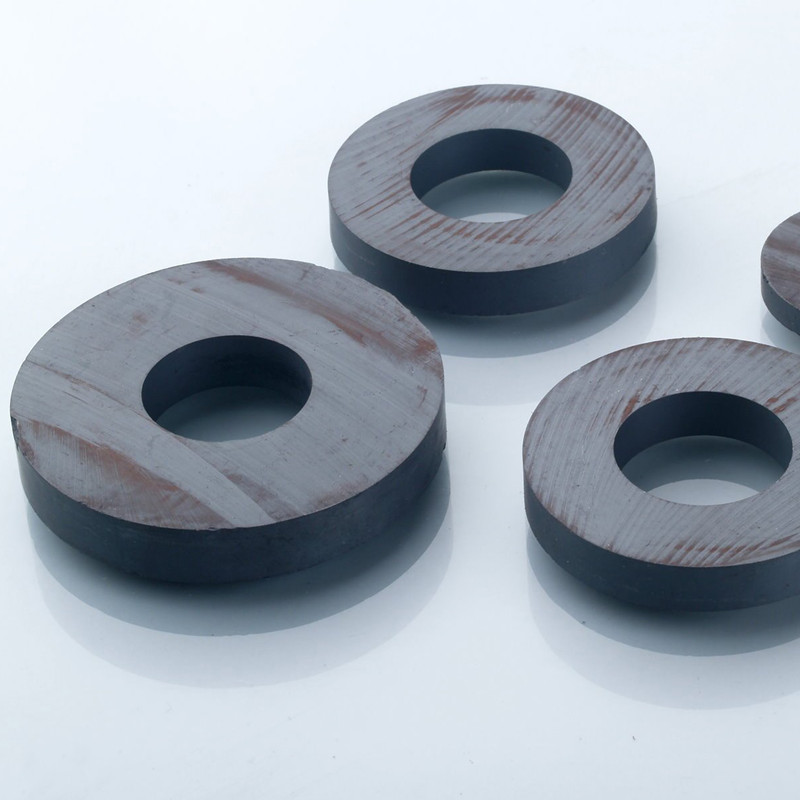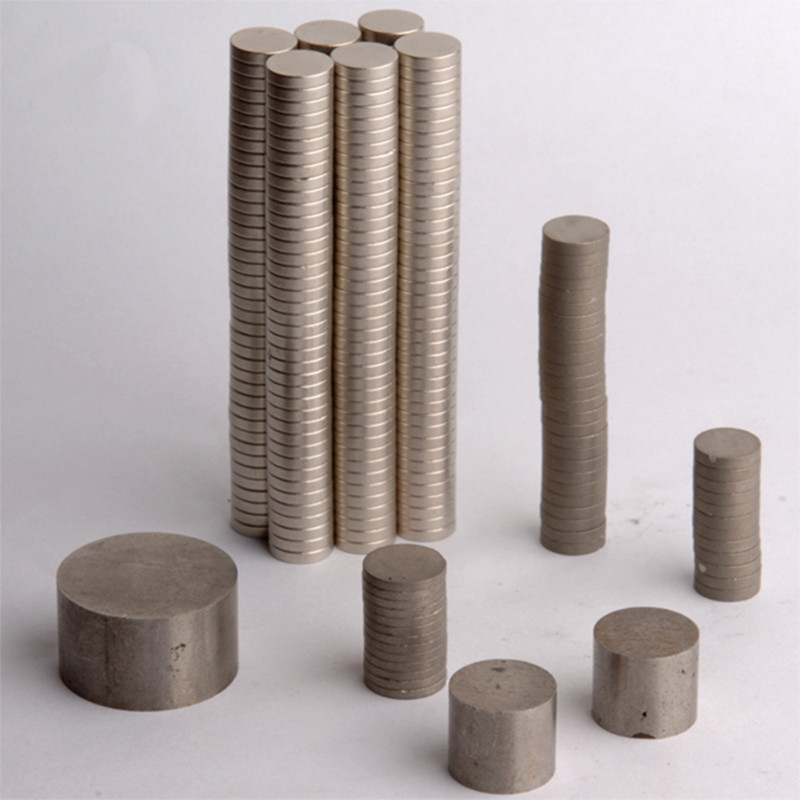-
Contact Us
Xia Xing Baoan District Sales Center
Mobile: 0086-18664144018
TEl: 0086-755-27111262(263)
Fax: 0086-755-27111265
Address: Xin po tou Industrial Park, Guangming town, Baoan District, Shenzhen, guangdong china
-
Industry News
Oculus research new technology using magnets to track fingers
Researchers at Oculus and universities are working on a project to track your finger movements in a virtual environment with an electromagnet.
With each finger mounted with an electromagnet, Finexus can track their location in the 3D environment.
This research project may suggest how Facebook's Oculus device will let you explore virtual reality in the future: tracking the movement of each finger through a pile of electromagnets and sensors in a three-dimensional environment.
The project is called Finexus. It uses four magnet sensors to track the magnet with fingernail size placed on the fingertip of the user. It can be accurate to 1.3 millimeters. This project was initiated by a team from University of Washington and Oculus Research.
Keyu Chen, a graduate student at the University of Washington's ubiquitous computing laboratory, started the project last summer at Oculus Research in Redmond, Washington. He dreamed of Finexus being used in games and tasks requiring various kinds of fine finger movements, such as playing virtual piano, drawing or writing in the air. "Sometimes you need to use your fingers to do some fine moves," Chen said.
Oculus will not comment on this project. The research paper will be introduced in May at ACM CHI 2016, a human computer interaction conference held in San Jose, California.
The interaction that Chen imagines is more detailed than the virtual reality that many people first experience. The first consumer Rift of Oculus will rely on a plastic controller to input, and there may not be much immersion.
Finexus uses electromagnets and magnet sensors to track the movement of each finger in three-dimensional space.
Unlike a tracking system that relies on a camera to find your head and the location of your body, Finexus does not need a direct path between the electromagnet and the sensor. That is to say, for example, when you are playing a virtual reality game, the electromagnet and sensor on your hand will be separated, but Finexus can still track your finger movement.
Chen envisages putting Finexus into a glove and wristband or smart watch. Gloves are embedded with electromagnets, while the wristband devices hold sensors. For the time being, the maximum distance between the sensor and the electromagnet is only 12 centimeters, but Chen believes it can be optimized to 25 centimeters. In any case, such a short distance allows the system to be placed on the body.
The working principle of Finexus is a bit similar to a GPS system: the distance between the electromagnet and the four magnetic sensors is calculated. The intersection of the four distances is set and is used to find the specific position of the electromagnet in the space. Each electromagnet runs at different frequencies, and Chen indicates that it is easier to identify them separately.
Chen says you can also add electromagnets to the system but don't need additional sensors, so you can track all your fingers or make more accurate rendering of your fingers by placing more electromagnets on each finger.
He added that the next step is to optimize Finexus hardware to make it miniaturized. After that, he was not sure what would happen. "I don't know if Oculus will introduce it as a product in the future, but it is also possible," he said.













